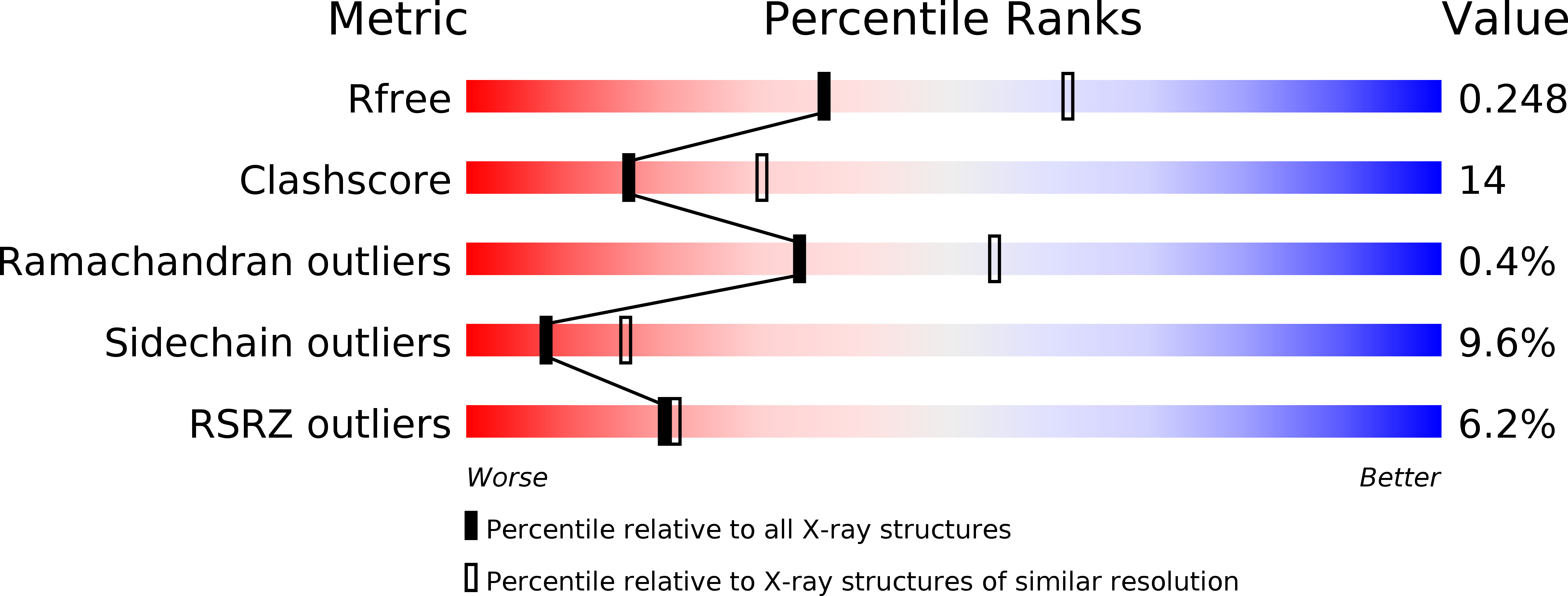
Deposition Date
2017-06-06
Release Date
2018-10-17
Last Version Date
2024-03-13
Method Details:
Experimental Method:
Resolution:
2.50 Å
R-Value Free:
0.22
R-Value Work:
0.19
Space Group:
P 21 21 21


